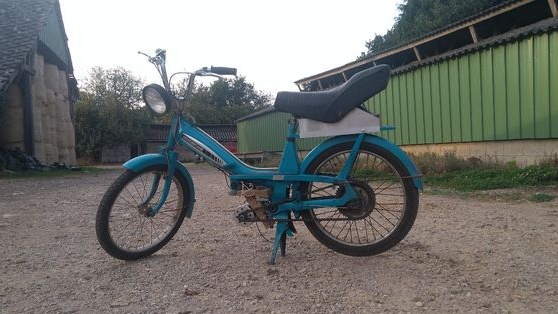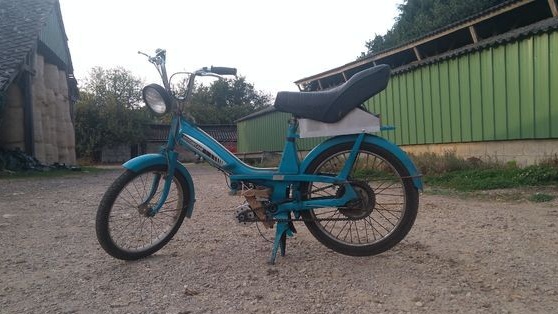
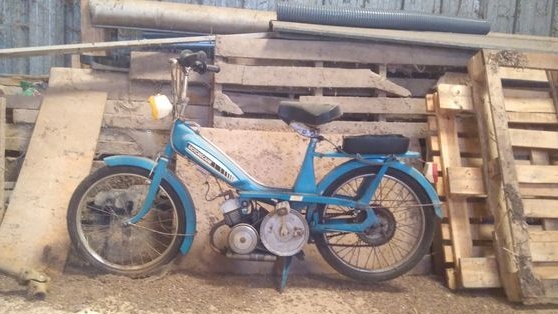
If you have an old moped, and you don’t know that you can do something interesting with it, you can install an electric motor on it. Of course, this is not the best option for electrical engineering, since the moped is too heavy, it’s better bikebut our author decided to try. The biggest problem will be the power source, the smaller and more powerful it is, the more expensive it is.
Materials and tools for homemade:
- electric motor (the author used MY1020 48V 1000W);
- battery (the author used lithium cells from laptops);
- 48V charger;
- wrenches, screwdrivers, bolts with nuts, wires and more.
In addition, a controller will be needed for the engine, since without it the battery will run out very quickly. In addition, the controller must not allow a deep discharge of the batteries, otherwise they will quickly fail.
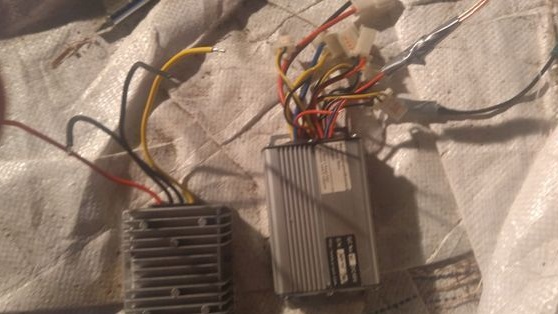
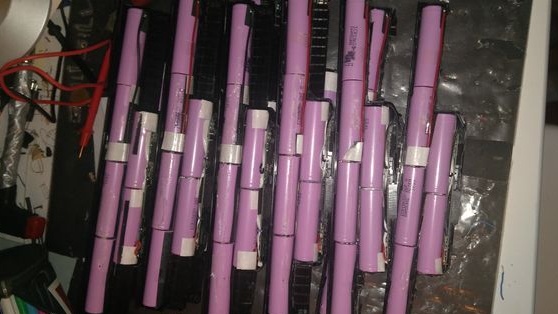
Homemade manufacturing process:
Step one. We remove all unnecessary
First of all, you will need to remove everything unnecessary from the moped to make room for new equipment, and reduce the weight of the equipment. First of all, the author took off the seat, and then the gasoline engine. It is also necessary to remove the home chain and sprockets. The rest is about the little things. Remove the clutch lever and throttle control knob. Instead, you will need to put the electric motor control knob.
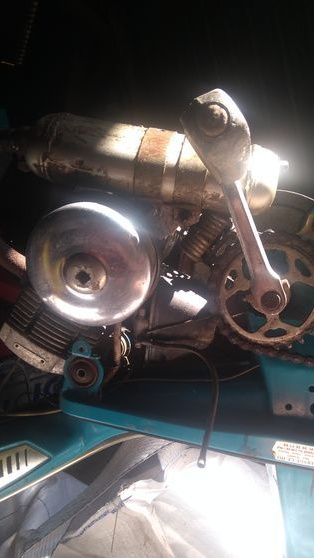
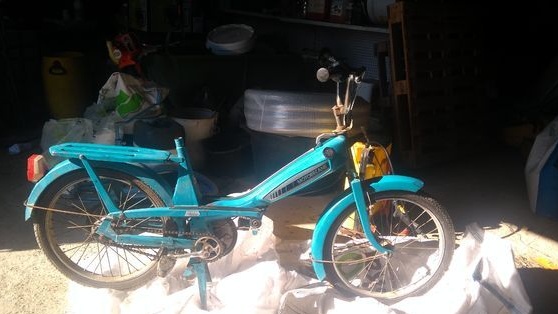
Step Two Battery Preparation
At this step, we prepare the battery. The cheapest option is an acid-lead battery, but its disadvantage is that it has a lot of weight. The author purchased lithium batteries for laptops, a total of 13 rows of 5 cells in a row were installed. In total, the voltage was 48.1V.


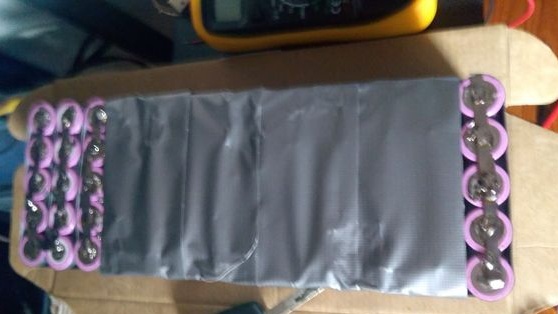
The choice of such a large number of cells is due to the fact that a rather powerful motor is installed on the homemade product, which consumes 1000W at a voltage of 48V. According to the idea, the battery should be enough for a distance of 20-30 km.
Step Three Install the electric motor
To install the electric motor you will need to make a special bracket, but for this you may need welding, a grinder and other tools.The author acted more simply and made a mount of wood.
Secure the motor securely, you must also make sure that the drive and driven sprocket are in the same plane.
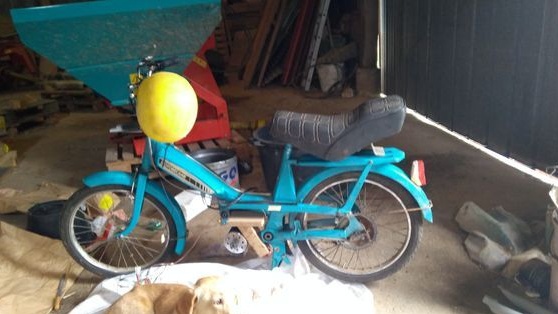
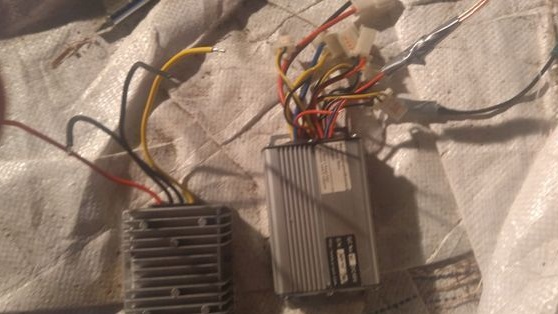
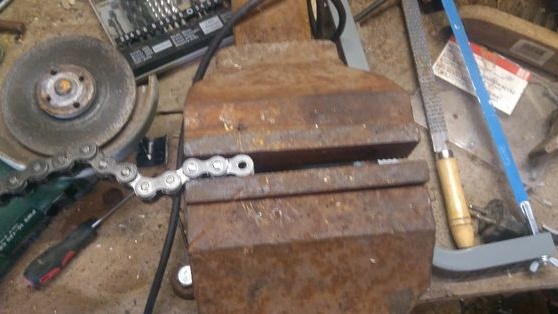
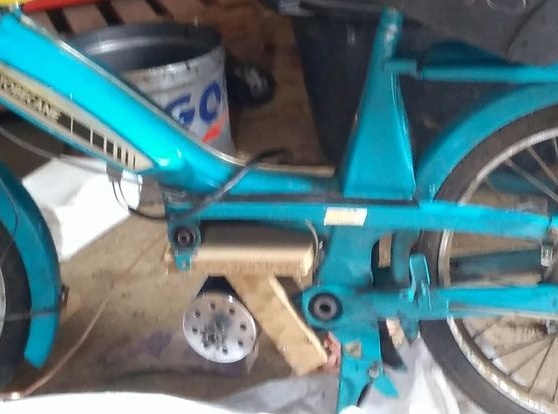
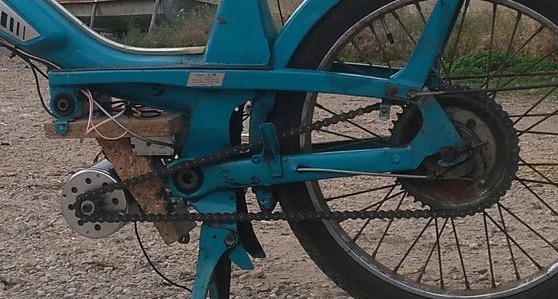
At the end of this step, the author establishes a chain. The chain is used native, only it will need to be shortened under the new engine. In this case, you must select the engine sprocket by the chain pitch. As for the ratios, the leading sprocket has 9 teeth, and the driven one (rear) 44. This ratio allows you to move on an electricopedic with a speed of 53 km / h.
After connecting the controller, you can connect the engine control knob, as well as the electric brake. As for the "throttle", it is a potentiometer, thanks to which the speed is regulated. Well, as for the brake, the electric motor itself can be used as a brake by closing the supply contacts, but it is better to use a resistor. In the best case, it is better to use the motor when braking as a way to charge the batteries.
Step Four Battery compartment and engine protection
To securely install the battery, make a case for it. The author made it from an aluminum sheet 0.5 mm thick, as well as corners. Where you install the battery, you decide, it all depends on the characteristics of the frame of the moped. Most often they are installed on the rear trunk, the author has this space under the seat.
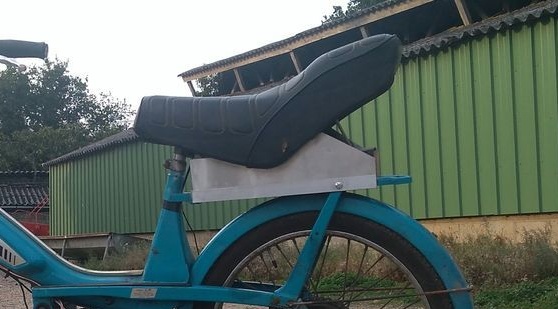
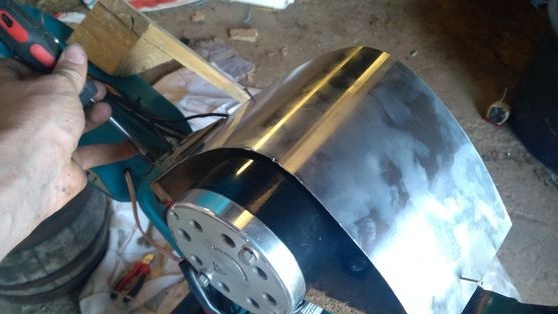
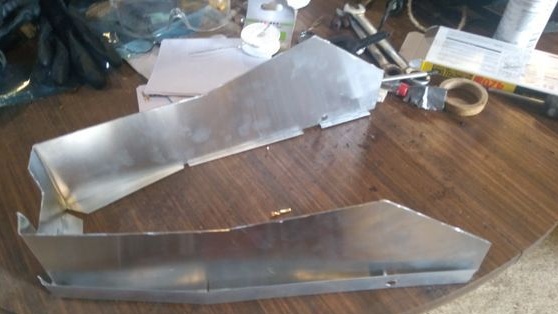
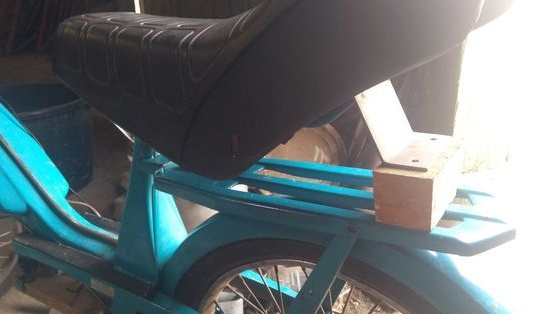
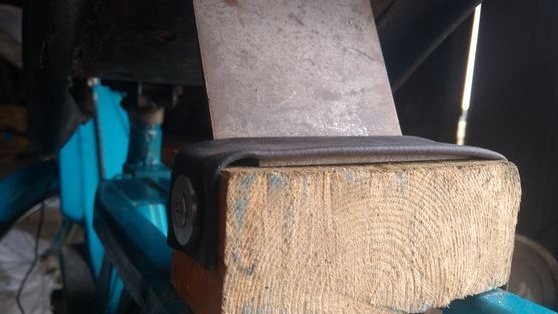
Also take care to protect the engine, at least, it should not fly dirt and water, as it will quickly fail. The protective cover can be made of galvanized sheet or the same sheet of aluminum.
Step Five Testing and conclusions
The final assembly of the homemade product is not yet completed, a bit later the author installed a headlight on the transport. As for technical data, the maximum speed is 50 km / h, but the acceleration is sluggish. You can make the technique accelerate faster, but this will lead to a more intense discharge of the battery.
It’s useful for a technician to have a controller that counts and shows the battery level so that you can understand how much more you can ride on an electric pedal.
